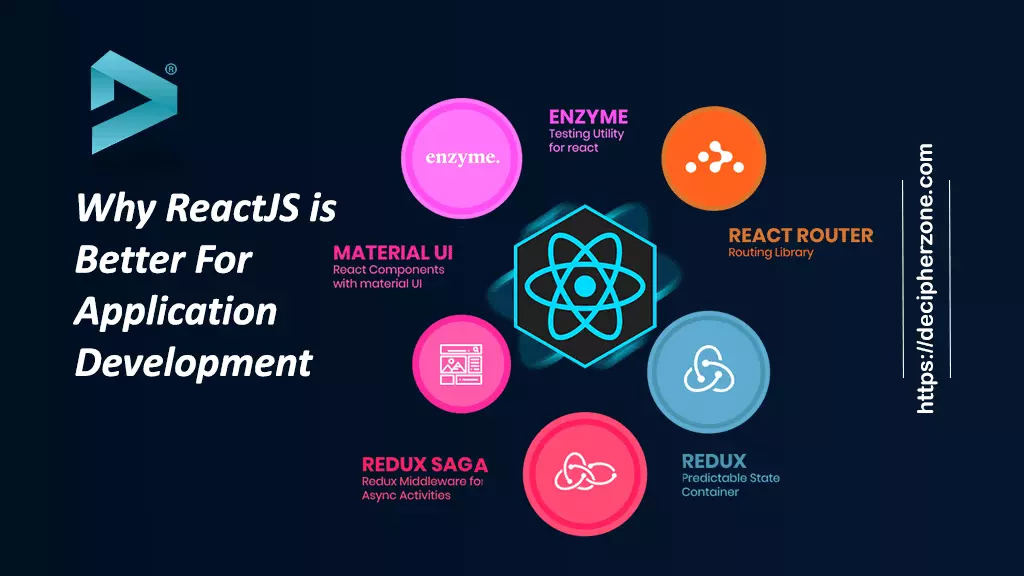Blitz News Digest
Stay updated with the latest trends and insights.
React Like a Pro: Secrets Even the Experts Won't Tell You
Unlock the hidden secrets of React! Discover pro tips and tricks experts wish you knew to elevate your development skills.
Mastering React Performance: Tips and Tricks for Optimal Rendering
In the world of modern web development, React performance is crucial for delivering a smooth user experience. To master this aspect, it's essential to understand how React determines when to re-render components. One of the fundamental practices is to utilize the shouldComponentUpdate lifecycle method or the React.memo higher-order component to prevent unnecessary re-renders. By optimizing your components this way, you can significantly improve rendering efficiency. Additionally, consider using useMemo and useCallback hooks to memoize values and functions, which can further prevent costly recalculations during re-renders.
Another valuable tip for optimal rendering in React is to implement code-splitting using React.lazy and Suspense. This technique allows you to load components only when they are needed, thus reducing the initial loading time of your application. Furthermore, make use of React Profiler to identify performance bottlenecks in your application. By monitoring the rendering behavior, you can pinpoint which components are slowing down your app and optimize them accordingly. Remember, a well-optimized React application not only improves user satisfaction but also boosts SEO rankings due to faster load times.

Common React Pitfalls: What Every Developer Should Avoid
React is a powerful library that has transformed the way developers build user interfaces, but it's not without its challenges. One of the most common pitfalls is overusing state management. While React's state is a powerful tool for keeping track of component data, developers often create deep component trees that rely heavily on state updates. This can lead to performance issues and makes debugging significantly more challenging. It's essential to understand when to use local component state versus global state management solutions like Redux or Context API to maintain optimal performance.
Another frequent mistake is neglecting prop validation. PropTypes or TypeScript can help ensure that components receive the right data types, but many developers overlook these tools. This lack of validation can introduce bugs that are hard to track down and result in unexpected behavior in your application. Always make it a habit to implement prop validation to catch potential issues early on and improve the reliability of your React components.
The Hidden Power of React Hooks: Unlocking Advanced Functionality
React Hooks have revolutionized the way developers build functional components, allowing for cleaner code and more advanced functionality. With the introduction of hooks like useState and useEffect, state management and side effects can be handled seamlessly. However, the real power of React Hooks lies in their ability to unlock advanced functionality by enabling developers to create custom hooks tailored to their specific needs. This not only promotes code reusability but also enhances readability, making the development process smoother.
In addition to basic hooks, utilizing useContext and useReducer provides a robust solution for state management across larger applications. These hooks facilitate a more organized approach to handling state, especially in complex data flows. By combining these abstractions, developers can simplify their components and integrate more sophisticated features without the need for extensive boilerplate code. Embracing the hidden power of React Hooks transforms the way we think about building applications, driving innovation and efficiency in the React ecosystem.